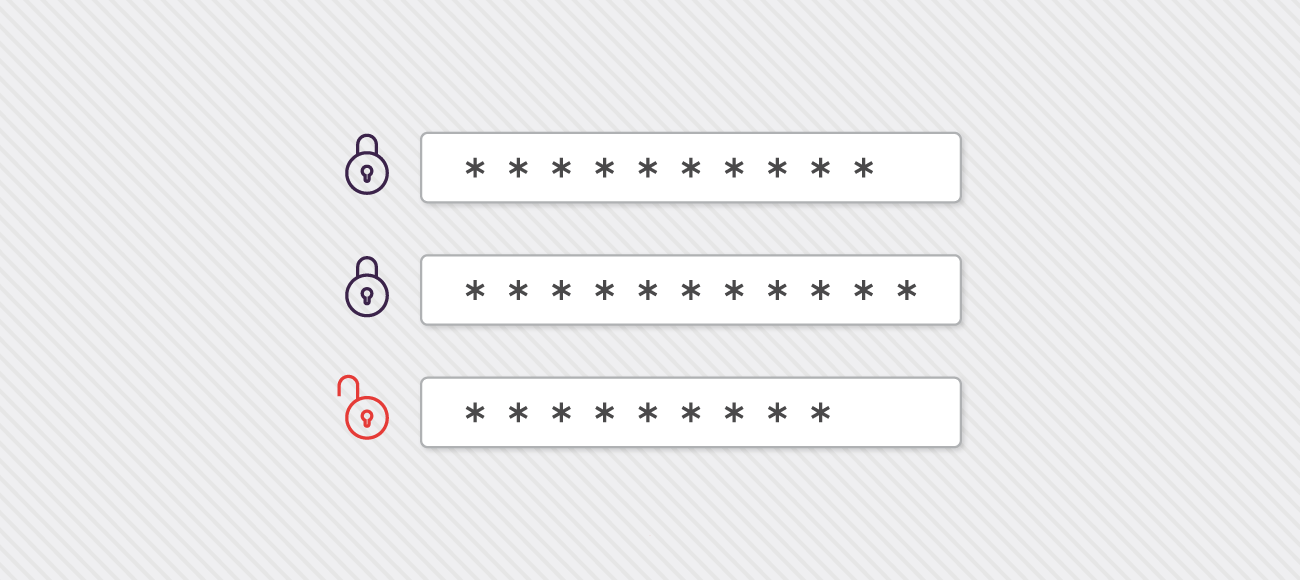Blog

Good analytics are no longer just a nice-to-have. Your digital analytics are one of your competitive imperatives. Companies that win, will succeed through data driven insights and increasingly through automated intelligent systems.

Cybersecurity got ever more attention in 2016 as all industries realized how important it is to have strong protection of their computer systems. At the top of the list of security issues are passwords. Many people believe it is the weakest link in internet security (some believe it is permanently broken).

As a JavaScript developer, you may find it disorienting when you first start learning about yet another large subject matter that is Google Analytics and Google Tag Manager (GA/GTM). There are many GA/GTM articles and examples that paint a confusing or outdated picture for single page and mobile apps. However, fear not. This post introduces GA/GTM to seasoned JavaScript developers and suggests the best practices we’ve adopted here at Rangle. By following our tips, you’ll be able to drive better value for clients and produce actionable insights from your application’s data.

This post currently reflects an earlier version of Angular, and may not be up to date or reflect the current release.

Scrum, one of the most effective contemporary software development processes, is designed to be flexible but new practitioners often try to adapt and change things too quickly. The urge to customize Scrum based on old habits or outdated thinking typically leads to unsuccessful software releases - or worse, nothing at all.

If you have built a web app in the past few years, you've probably had to deal with touch events. In many cases this was limited to handling tap and removing that pesky 300ms delay. However with touch devices becoming more powerful, we now have to implement more complex gestures— gestures that work for both mouse and touch.

Functional Programming (FP) is awesome. Some of its key ideas inspired a lot of the JS practices and tools we use here at Rangle, especially React and Redux.

This blog post is the second of an in-depth, two-part series on Rangle's project design discovery process. If you missed part one, you can find it here: Project Discovery in a Lean Agile World: Introducing the Clarity Canvas.

